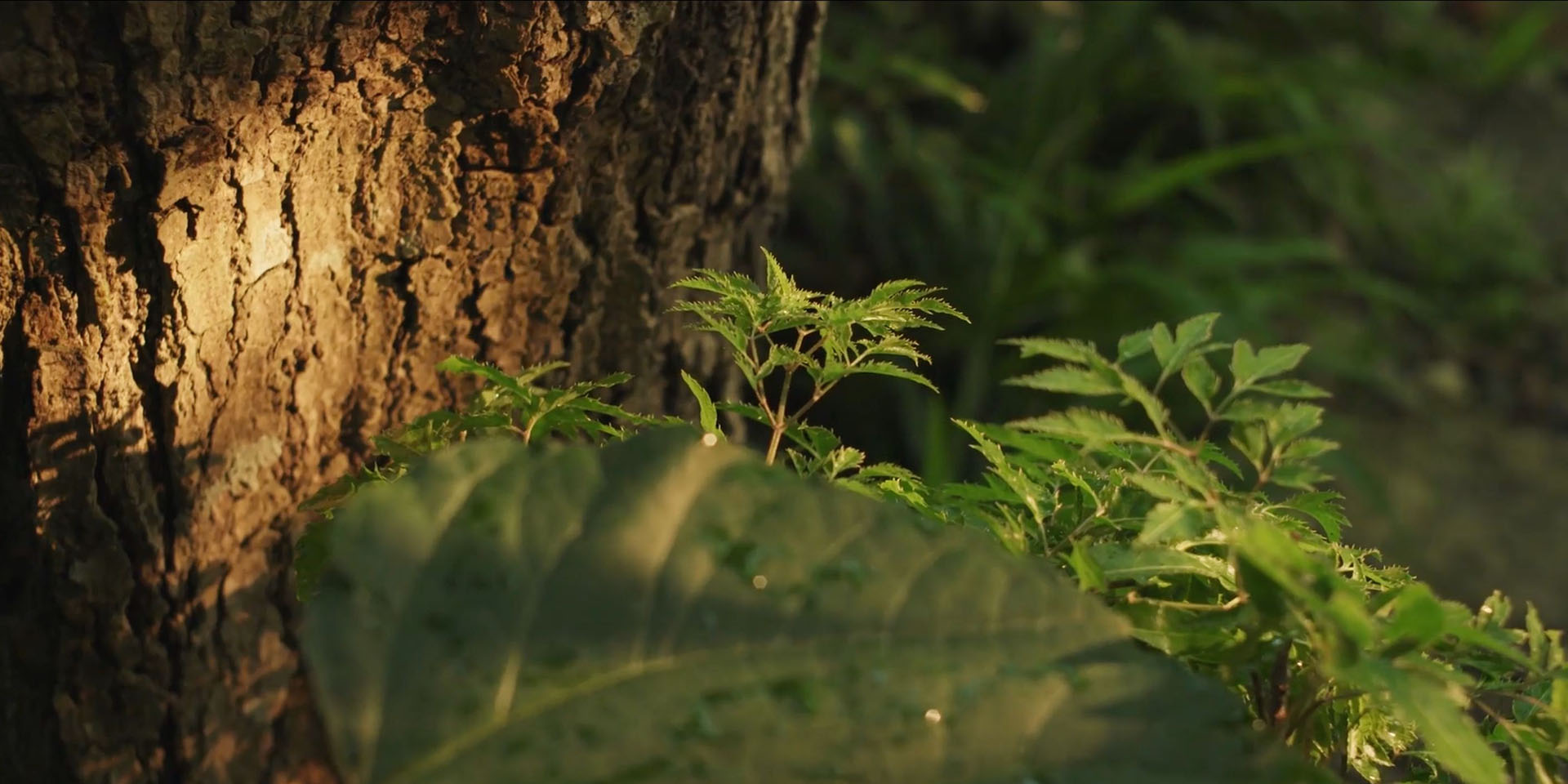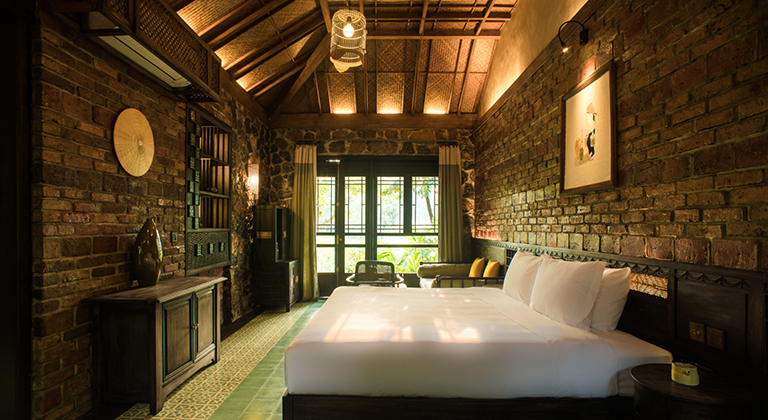Being amongst plants, flowers, and nature allows us to stay present, fostering a physical and mental connection with other living beings. The symphony of life nurtures souls through all five senses. Here at Tam Coc Garden, these tales are melodies are ready to be told.

Our story
Thích Nhất Hạnh, one of Vietnam’s key spiritual figures, taught us to live in the present moment. Resonating deeply with the Tam Coc Garden mindset, his teachings are woven throughout our day-to-day operations. Our traditional architecture and beautiful gardens are designed to foster a deep sense of peace: enter our tranquil haven, escape the chaos of everyday life, and tune in with the present moment.
Sustainability is at the heart of our vision and ties with the teaching of Master Thích Nhất Hạnh. It started with eco-friendly construction and continues in our daily practices focused on conservation and reducing waste. We also strive to enrich both the lives of our staff and the local community through social projects.
The Tonkinese Garden
Inspired by the self-sufficient traditions of the Red River Delta villagers, our sanctuary features a large Tonkinese garden. It brims with the color of a variety of flowers, tropical fruits, and herbs, lovingly cultivated by our gardeners. They are perpetuating our region’s rich agricultural legacy, growing fruits and vegetables with as much care as our ancestors did when tending the land.
Beyond the owner’s inspiration; it is a hidden gem, far from the hustle and bustle of life, cherished by the kind-hearted admiration of far-away visitors.
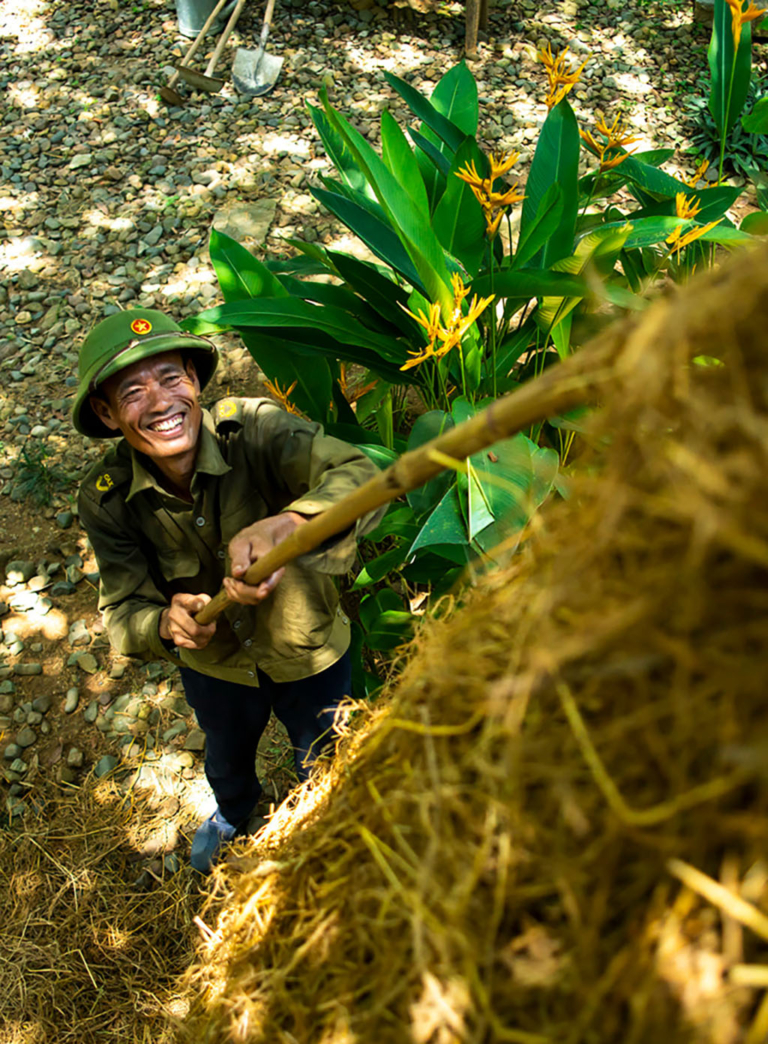
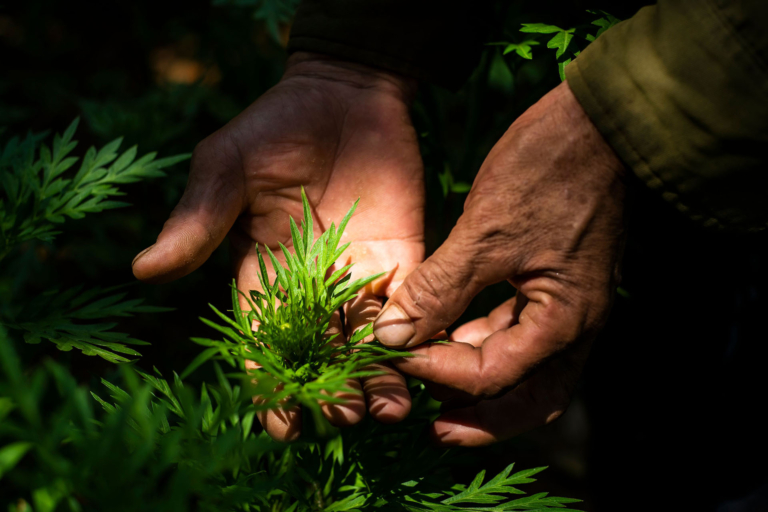
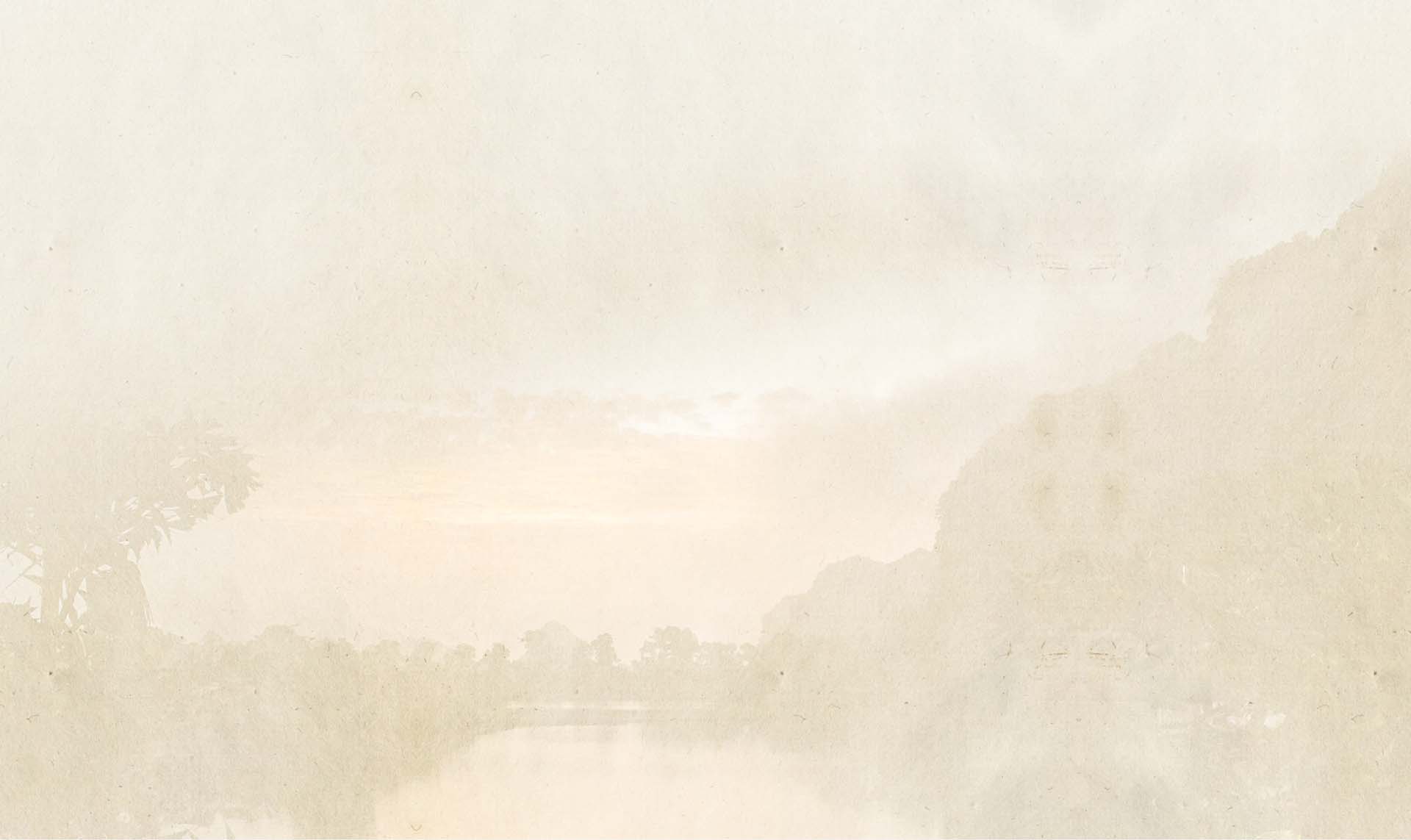
The Book
Our garden is a window into the awe-inspiring natural world. We have therefore created The Garden Book which showcases the variety of plants that grow in it through captivating vignettes.
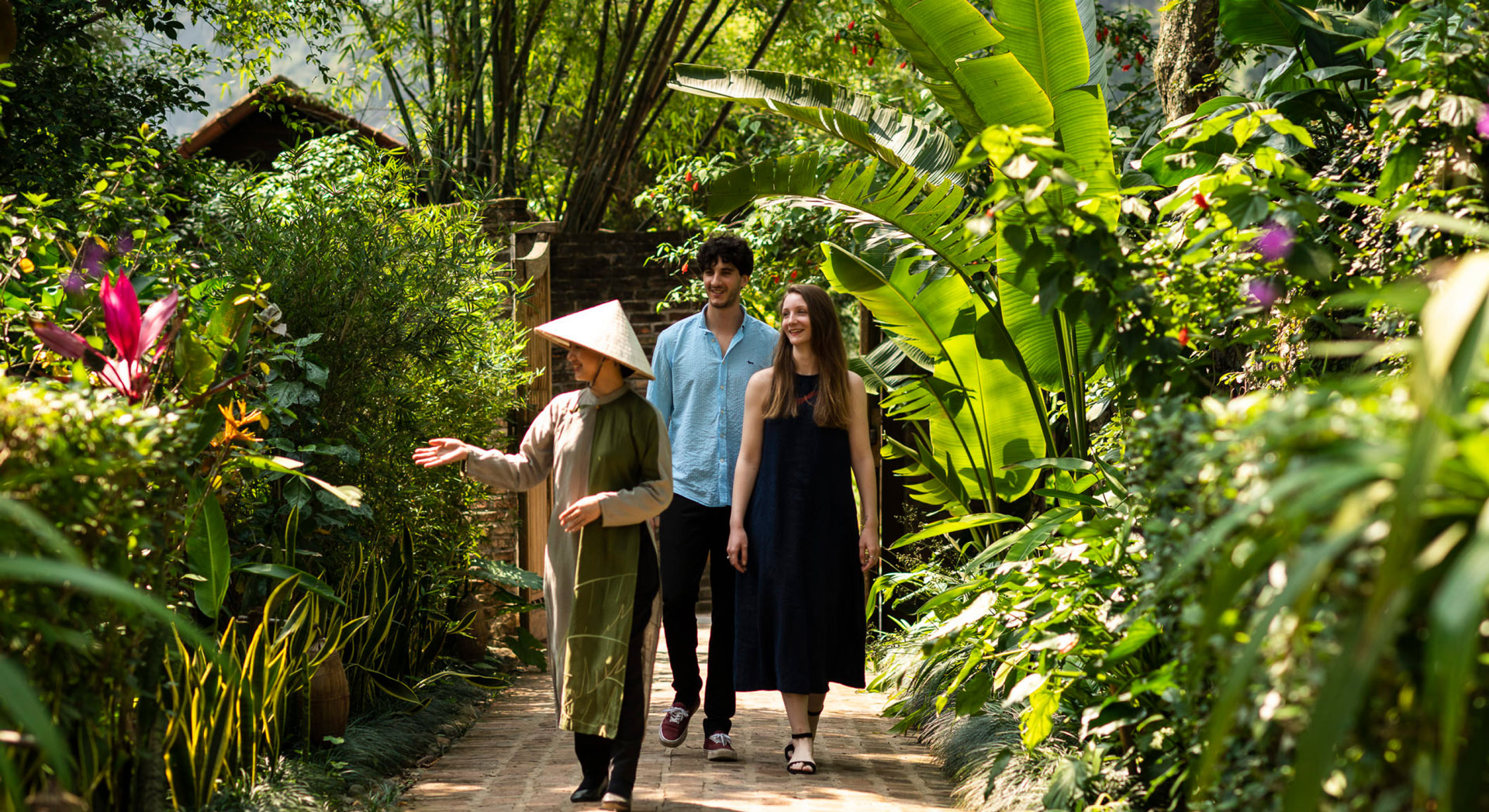
The People
The majority of our staff members are Ninh Binh natives who have worked here for a long time. Their service goes beyond hospitality training: they’re just like dear friends, who understand and remember your wants and needs. Dedicated to taking care of each guest with their whole heart, they will make you feel truly at home. We also offer workshops as well as cultural and nature-focused adventures run by some of our dear neighbors to make your moments here even more delightful.
With sincere smiles, kindness, handcrafted gifts, and heartfelt stories, we wholeheartedly look forward to making your stay a happy one.

